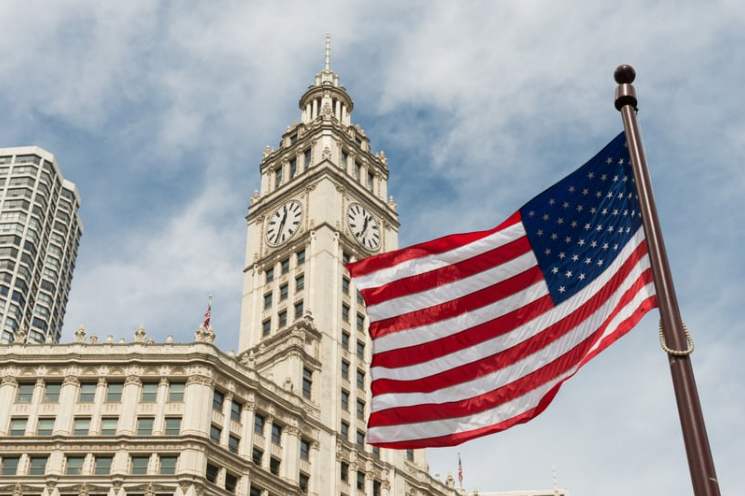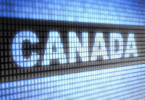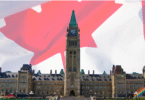U.S. visa applicants worldwide are facing record-long wait times in 2025. In many areas, delays now stretch over 14 months. These long backlogs are disrupting travel for tourists, students, and business professionals.
As of June 2025, the situation has become even harder due to new visa rescheduling laws. These rules make it tougher to change appointments and add penalties for missing interviews, making the process more stressful and urgent.
This article explains the main reasons behind the delays, breaks down the new rescheduling rules, and shares practical tips to help travelers handle the changing U.S. visa process.
What’s Causing the 14-Month Visa Wait Times?
Several factors have contributed to the current 14-month wait period for U.S. visa appointments, creating a global bottleneck that affects millions of travelers.
Surge in Global Demand Post-Pandemic
After years of limited travel during the COVID-19 pandemic, international travel has sharply increased. Many students, tourists, and professionals who delayed their plans are now applying, leading to a surge in demand for U.S. visas in all categories.
Unresolved Backlog from Previous Years
Embassies and consulates are still handling a large backlog of visa applications from past years. Global shutdowns, limited services, and canceled appointments have built up over time, making it harder to process current applications quickly.
Staffing Shortages and Limited Appointment Slots
Many U.S. embassies and consulates still have fewer staff than usual. This reduces the number of interview appointments they can offer each day, especially in busy locations. Even those working at full capacity are finding it hard to keep up with the growing demand.
Geographic Differences in Wait Times
Wait times vary widely by location. In cities like Lagos, Mumbai, and Manila, applicants may wait 14 months or longer. Other places may have shorter waits. These differences depend on local demand, staff capacity, and how each consulate manages its resources.
Breakdown of Current Visa Wait Times (June 2025 Snapshot)
As of June 2025, U.S. visa appointment wait times remain at historic highs. The length of the wait depends on visa type and location, with significant variation across consulates.
B1/B2 Visitor and Tourist Visas
The longest wait times are in the B1/B2 visa category for tourists and business travelers. In many busy regions, the wait now lasts over 12 to 14 months. These delays are mostly due to the high number of applications and the limited number of interview slots.
Student Visas (F, M, J)
Student visas are still a priority, especially in countries with strong academic ties to the U.S. However, students still face wait times of 1.5 to 3 months. Although quicker than other visa types, these delays can still disrupt school enrollment and travel plans.
Work Visas (H, L, O, P, Q)
Processing times for petition-based work visas vary, depending on the consulate’s capacity and how urgent the visa type is. Some visas, like H-1B and L-1, get faster attention because they involve employer sponsorship and time-sensitive jobs. Still, wait times can differ a lot from one location to another.
Examples from Major Global Cities
- Lagos, Nigeria: B1/B2 wait time exceeds 600 days (over 19 months).
- New Delhi, India: Tourist visa appointments average 480–540 days.
- Manila, Philippines: B1/B2 appointments often extend 14 months or more.
- London, United Kingdom: Wait times range from 200 to 300 days, depending on visa class.
What’s New: 2025 U.S. Visa Rescheduling Laws
To address ongoing delays and backlogs, the U.S. Department of State introduced new rescheduling rules in January 2025. These changes are meant to improve how appointments are managed and cut down on missed interviews, which often cause more delays.
Only One Free Reschedule Permitted
Applicants can now reschedule their visa appointment one time for free. This rule applies to all visa types, including B1/B2 (tourist and business), student, and work visas based on employer petitions.
Additional Reschedules Require Full Visa Fee
If applicants need to reschedule a second time, they must pay the full visa application fee again. The old rule that allowed two free reschedules has been removed. This new policy encourages applicants to choose their appointment dates carefully and avoid unnecessary changes.
No-Show Penalty: 120-Day Ban
If an applicant misses a visa interview or dropbox appointment without canceling it properly, they will be banned from booking a new slot for 120 days. This rule aims to reduce the high number of no-shows, which have made scheduling much less efficient.
Purpose of the Policy Changes
The new rules are part of a larger plan to manage high demand worldwide. By cutting down on no-shows and frequent rescheduling, embassies hope to free up more reliable appointment slots and reduce extra work. These policies also push applicants to take the process more seriously and come better prepared.
Implications for Travelers
The longer visa wait times and stricter rescheduling rules in 2025 have serious effects on international travelers. Whether applying for a tourist, student, or work visa, people now need to plan more carefully, stay prepared, and be ready for extra costs.
Advance Planning Is Essential
Planning ahead is now a must, not a choice. With B1/B2 visa wait times reaching 14 months and student or work visas taking several months, applicants should start the process 8 to 12 months before their planned trip. Applying late could delay travel by a year or more.
Missed Interviews and Poor Timing Carry Consequences
Missing a scheduled interview or waiting too long to book can lead to serious problems. If you miss your interview, you’ll face a 120-day ban from booking again, which can ruin plans for school, work, or family events. Rescheduling at the wrong time can also cause longer delays or make you lose a better appointment slot.
Stricter Rescheduling Policies Increase Financial Pressure
Under the new rules, travelers only get one free reschedule. If they need to change their appointment again, they must pay the full visa fee a second time. For many, this extra cost can be hard to afford. That’s why it’s important to pick appointment dates carefully and avoid rescheduling unless truly necessary.
Who’s Most Affected?
The ongoing delays and new visa rules affect all travelers, but some groups face bigger challenges. While everyone deals with longer wait times and stricter policies, certain applicants struggle more because of where they live or the reasons they need to travel.
First-Time Tourists and Business Travelers
First-time B1/B2 visa applicants are some of the hardest hit. These visas have the longest wait times, often over 12 to 14 months, and are low on the priority list. New applicants also go through longer, more detailed interviews, which makes the process even more difficult.
Students in High-Volume Regions
Student visas (F, M, J) usually have shorter wait times than tourist or business visas. However, in areas with many applicants, like South Asia, West Africa, and parts of Latin America, delays still happen. Students with deadlines for school admission need to act fast to book interviews, especially during busy enrollment periods.
Applicants in Countries with Backlog Pressure
Travelers from countries with high visa demand and limited consular staff often face the longest delays. Cities like Lagos, New Delhi, and Manila have some of the biggest backlogs, making it harder for people there to get appointments on time.
Fixed Deadline Travelers vs. Flexible Travelers
Applicants with fixed deadlines—like school start dates, conferences, or urgent family events—are at the greatest risk. Missing an appointment or facing a delay can mean lost opportunities or canceled plans. Those with flexible travel dates may adjust more easily, but they still deal with extra costs and planning challenges under the new rescheduling rules.
Frequently Asked Questions
Can I reschedule my U.S. visa appointment more than once?
Yes, but only the first reschedule is free. Any additional reschedules will require full repayment of the visa application fee, regardless of the visa category.
What happens if I miss my visa appointment?
If you fail to attend your scheduled interview without canceling in advance, you will be blocked from booking another appointment for 120 days from the original interview date.
Are student visas affected by the 14-month wait time?
Student visas (F, M, J) generally have shorter wait times than B1/B2 visas. However, applicants in high-demand regions may still experience delays, particularly during peak academic periods.
How can I monitor visa wait times?
Visit the U.S. State Department’s official website or your local U.S. embassy/consulate’s portal. These sites provide real-time updates on appointment availability and wait periods by location.
Conclusion
In 2025, applying for a U.S. visa takes more effort, careful planning, and a good understanding of the new rules. With wait times reaching up to 14 months and stricter rescheduling policies in place, travelers need to be both patient and well-prepared.
Still, with early planning and smart timing, you can get through the process successfully. Knowing the latest rescheduling rules and keeping track of updates from your consulate can help you avoid delays and costly mistakes.






